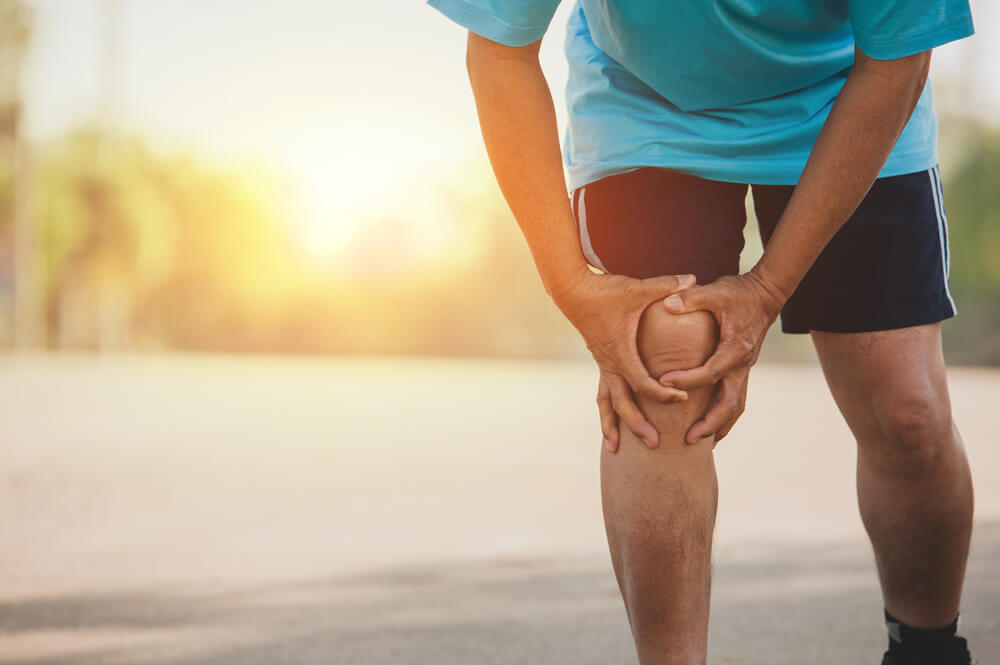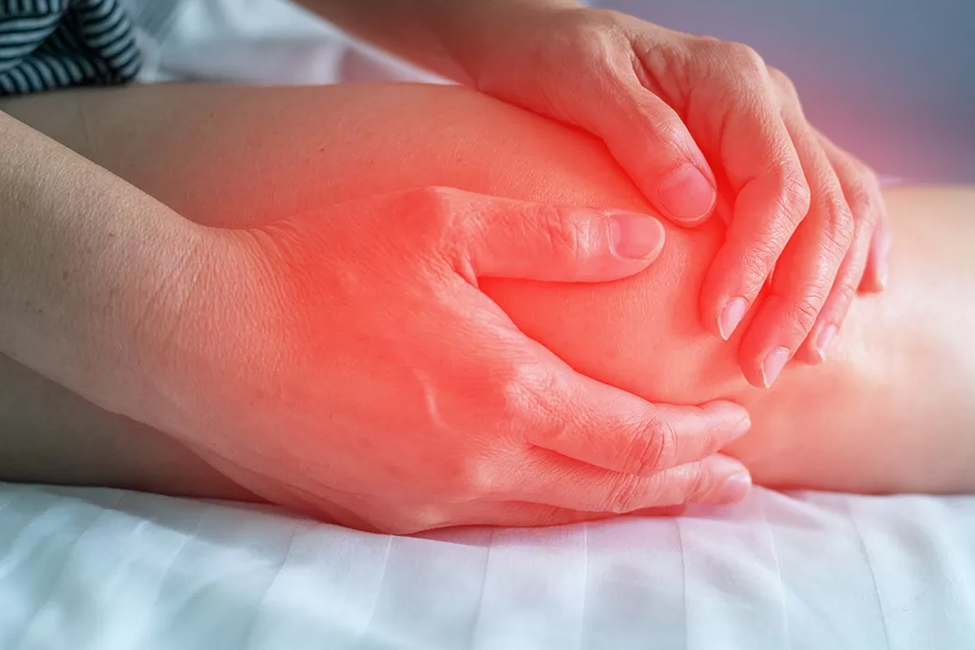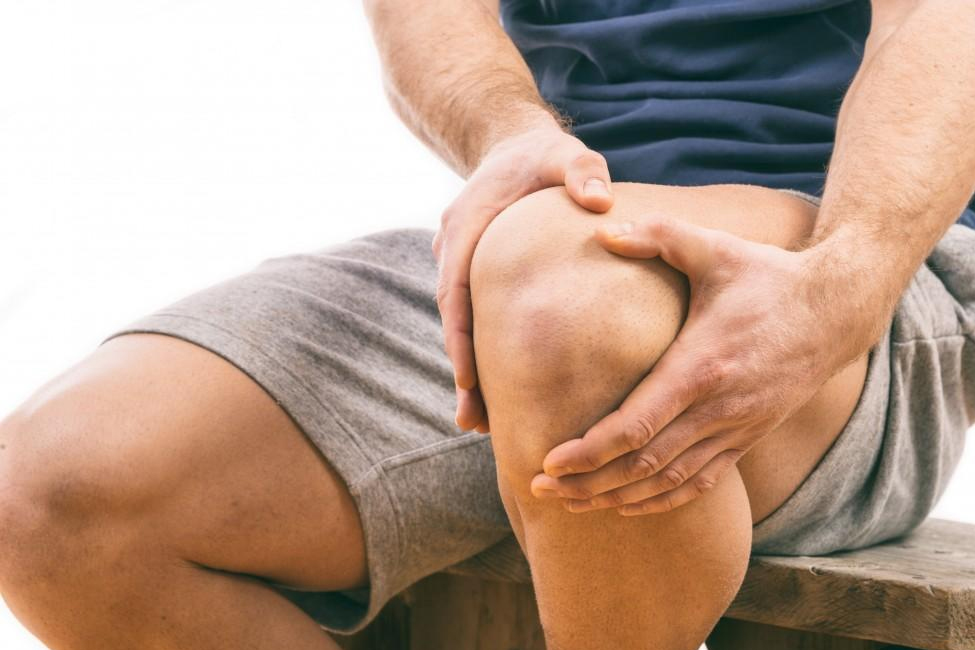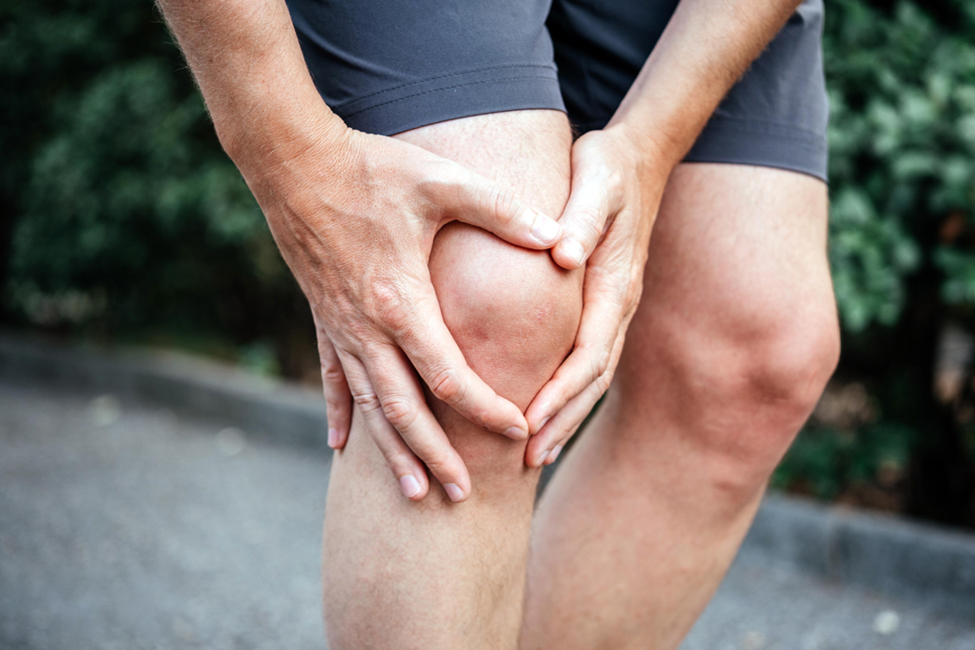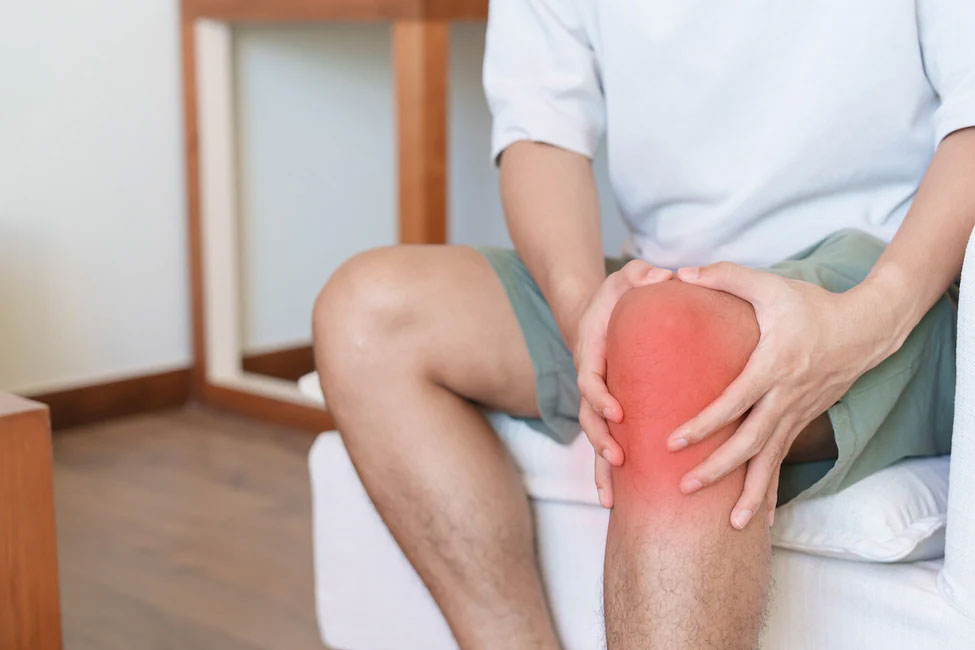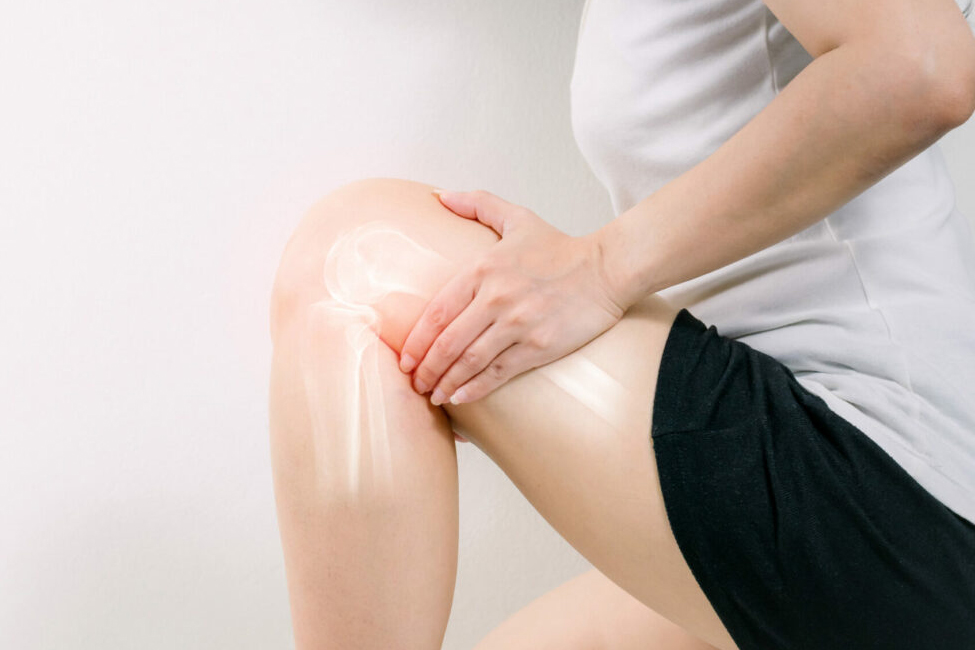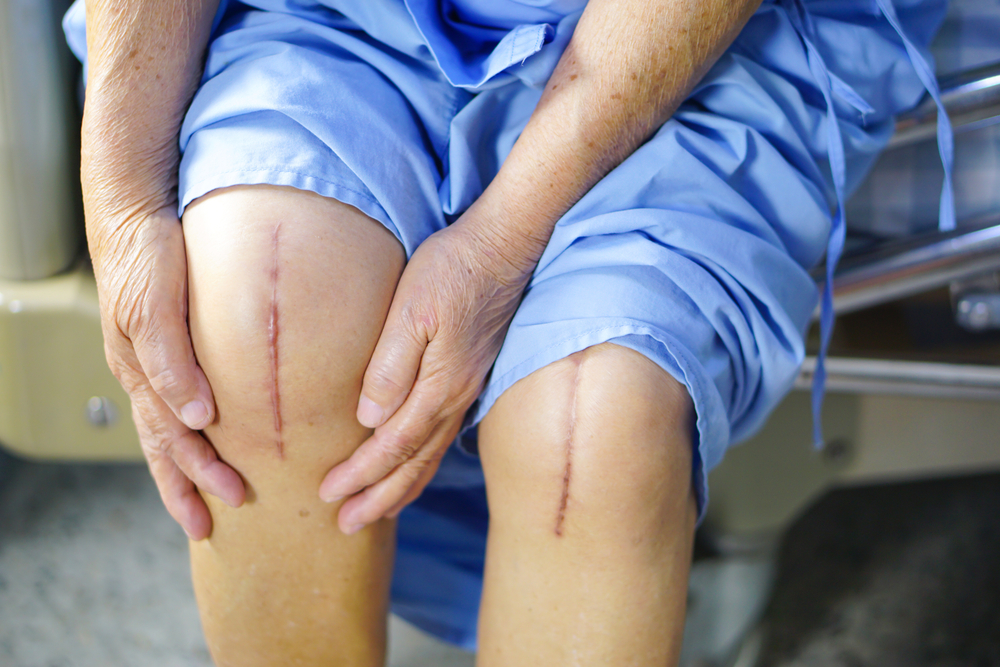Knee Osteonecrosis: Causes, Symptoms, Treatment, and Prevention
What is Knee Osteonecrosis?
Knee osteonecrosis is a condition characterised by the death of bone tissue in the knee joint due to a lack of blood supply.
Type of Knee Osteonecrosis
Knee osteonecrosis can be classified based on the specific part of the knee affected:
- Femoral Condyle Osteonecrosis: The round end of the thigh bone (femur) that meets the knee joint may be affected.
- Tibial Plateau Osteonecrosis: The top surface of the shinbone (tibia), forming part of the knee joint, can also be subject to osteonecrosis.
These types represent the main areas of the knee where osteonecrosis occurs, impacting joint function and causing discomfort.
How Common is Knee Osteonecrosis?
The prevalence of knee osteonecrosis can vary, and it’s not as common as other knee conditions like osteoarthritis. The condition often occurs in specific groups, including those with certain risk factors such as a history of trauma, corticosteroid use, excessive alcohol intake, or underlying medical conditions.
While it’s not as prevalent as other knee conditions, knee osteonecrosis can significantly impact joint health and function. It is more frequent in individuals with the risk factors or history mentioned above.
Causes of Knee Osteonecrosis
Knee osteonecrosis, also known as avascular necrosis, occurs due to the loss of blood flow to the bone tissue in the knee joint. Several factors can contribute to this condition, including:
- Trauma: A severe injury to the knee, such as a dislocation or fracture, can damage blood vessels supplying the bones and cause osteonecrosis.
- Corticosteroid Medications: Prolonged use or high doses of corticosteroids can interfere with the blood supply to the bones.
- Health Conditions: Medical conditions like sickle cell anaemia, lupus, HIV, and other autoimmune diseases can increase the risk of osteonecrosis by affecting blood flow.
- Excessive Alcohol Consumption: Chronic heavy alcohol use can compromise blood circulation and contribute to the development of osteonecrosis.
- Medical Treatments: Radiation therapy, chemotherapy, and organ transplantation can sometimes lead to osteonecrosis due to their effects on blood flow.
Symptoms of Knee Osteonecrosis
The symptoms of knee osteonecrosis may vary based on the stage of the condition. Initially, a person might not experience any symptoms. However, as the disease progresses, they might notice the following:
- Pain: Pain in the knee, often worsening when bearing weight or during movement.
- Swelling: The knee joint might become swollen, leading to discomfort and difficulty with mobility.
- Limited Range of Motion: Stiffness and reduced flexibility in the knee joint, making it challenging to bend or straighten the leg fully.
- Difficulty Walking: Due to pain and limited movement, walking may become difficult.
- Cracking or Grinding Sensation: Some individuals might experience a grating or cracking sensation when moving the knee joint.
Diagnosis of Knee Osteonecrosis
The diagnosis of knee osteonecrosis typically involves several steps, such as:
Physical Examination
The doctor will examine the knee, looking for signs of pain, swelling, and reduced range of motion.
Imaging Tests
X-rays can reveal changes in bone structure and joint space, which might indicate osteonecrosis. MRI (Magnetic Resonance Imaging) and CT (Computed Tomography) scans provide more detailed images of the affected area.
Blood Tests
Although less common, blood tests might be used to rule out other conditions or assess potential causes, such as clotting disorders or certain infections.
Bone Biopsy (rare)
In some cases, a sample of bone might be taken for examination in a laboratory to confirm the diagnosis, but this is rare.
Complications of Knee Osteonecrosis
Complications that may arise due to knee osteonecrosis include:
- Joint Degeneration: If left untreated, the affected joint can deteriorate, leading to arthritis and chronic pain.
- Loss of Joint Function: As the condition progresses, reduced joint movement and stiffness may develop, affecting mobility and quality of life.
- Fracture Risk: Weakened bones from osteonecrosis are at a higher risk of fractures or collapse, especially if not managed properly.
- Chronic Pain: Ongoing pain and discomfort in the affected knee can impact a person’s ability to carry out daily activities or participate in physical exercises.
- Disability: In severe cases, significant damage to the knee joint might lead to disability and the need for surgical interventions like joint replacement.
Treatment Options for Knee Osteonecrosis
The treatment for knee osteonecrosis typically depends on the stage and severity of the condition. Treatment options may involve:
Medication
Pain-relieving medications and nonsteroidal anti-inflammatory drugs (NSAIDs) can help manage discomfort and inflammation.
Physical Therapy
Exercise and physical therapy can enhance joint strength, mobility, and flexibility.
Assistive Devices
Using supportive devices like braces, canes, or crutches can alleviate pressure on the affected joint and aid in mobility.
Minimally Invasive Procedures
Some early-stage cases may benefit from minimally invasive procedures like core decompression or bone grafting to relieve pressure and stimulate new bone growth.
Surgical Interventions
In advanced cases or if conservative methods fail, surgical options such as total knee replacement might be necessary to alleviate pain and restore function.
Regenerative Medicine
Treatments involving platelet-rich plasma (PRP) or stem cell therapy might help stimulate the growth of new tissue and reduce symptoms.
Preventing Knee Osteonecrosis
Preventing knee osteonecrosis primarily involves mitigating risk factors and addressing potential causes. Strategies to help prevent knee osteonecrosis include:
- Minimise excessive and repetitive stress on the knee joint, especially for individuals involved in high-impact activities or sports that could lead to trauma.
- Engage in a well-rounded exercise routine, incorporating low-impact exercises and strength training to promote joint health and support proper alignment.
- Maintaining a healthy weight reduces stress on weight-bearing joints, such as the knees. This can help decrease the risk of developing osteonecrosis.
- Take precautions to prevent injuries. Wearing proper footwear, using protective gear, and employing correct techniques during physical activities can help avoid traumatic injuries to the knee.
- Manage underlying health conditions, particularly those affecting blood flow to the joints, such as diabetes or high cholesterol.
- Minimise long-term, high-dose steroid usage and other medications known to have negative effects on bone health unless prescribed by a doctor.
- Individuals with preexisting conditions or risk factors for osteonecrosis should have regular check-ups and consultations with orthopaedic specialists to monitor their joint health.
Living with Knee Osteonecrosis
Living with knee osteonecrosis can be challenging, and managing the condition often involves a combination of lifestyle adjustments and medical interventions. Here are some recommendations for living with knee osteonecrosis:
- Seek medical advice and adhere to the prescribed treatment plan, which may include medication, physical therapy, or surgical interventions, depending on the severity of the condition.
- Follow pain management strategies recommended by orthopaedic specialists, which might involve medications, physical therapy, or lifestyle modifications to alleviate discomfort and improve joint mobility.
- Adapt activities to reduce pressure on the knees. Low-impact exercises, weight management, and avoiding activities that stress the joints can be beneficial.
- Use assistive devices such as braces, crutches, or orthopaedic footwear to alleviate pressure on the knees and provide stability.
- Engage in recommended exercises to help maintain joint flexibility, strengthen supporting muscles, and preserve range of motion.
- Adopt a balanced diet rich in nutrients and minerals essential for bone health, such as calcium and vitamin D.
- Regularly consult with healthcare professionals, including orthopaedic specialists, to monitor the condition and adjust treatment plans.
- Chronic conditions can affect mental health. Seek support from mental health professionals, join support groups, or talk to friends and family to manage stress and anxiety.
Knee osteonecrosis can significantly impact mobility and quality of life. It’s crucial to understand the condition, its symptoms, treatment options, and ways to manage it effectively. Seeking professional guidance and timely treatment is essential. The Orthopaedic Practice and Surgery Clinic can provide expert medical advice and personalised care for knee osteonecrosis.
Living with knee osteonecrosis requires a multi-faceted approach, including medical intervention, lifestyle adjustments, and support. It’s important to manage pain, follow treatment plans, maintain a healthy lifestyle, and regularly consult with healthcare professionals. For personalised guidance and care, consider scheduling an appointment with The Orthopaedic Practice and Surgery Clinic. Your orthopaedic specialist can offer tailored solutions to manage and alleviate knee osteonecrosis effectively.

